April 2023

Trials are a wonderful way of showing farmers what is the right thing to do. The regional development managers in the various regions contact input supply companies and involve them in the trials.
Every effort is made to plant and manage the trials in a way that is both progressive and technologically advanced, while at the same time within the reach of developing farmers. Farmers can then monitor the progress of the trial plots and see for themselves how successful their strategies are.
Grain SA’s main aim is to establish trial plots to demonstrate the best practices of the training received by the farmers through its training courses and study group sessions. The demonstration plots expose farmers to different modern technologies and practices – for example, the correct soil preparation, good soil management and fertilisation, wise cultivar selection, timeous weed and pest control and good harvesting methods.
These trials show the importance of good farming practices and are also useful to introduce farmers to climate-smart farming adaptations such as soil heath, conservation agriculture and no-till farming methods and efficient weed control.
Grain SA believes that many of the methods employed by top commercial producers are equally achievable by smaller growers. There is a need for more partners to assist Grain SA towards achieving these goals. Grain SA is happy to report that during the 2022/2023 summer cropping season, 13 trial plots in different regions have been planted.
Partners joining Grain SA in this project are Bayer, Pannar, the Oil and Protein Development Trust (OPDT) and various individual producers who have either donated land, mechanisation or supplied chemicals or fertilisers.
These demonstration trial plots are found as follows:
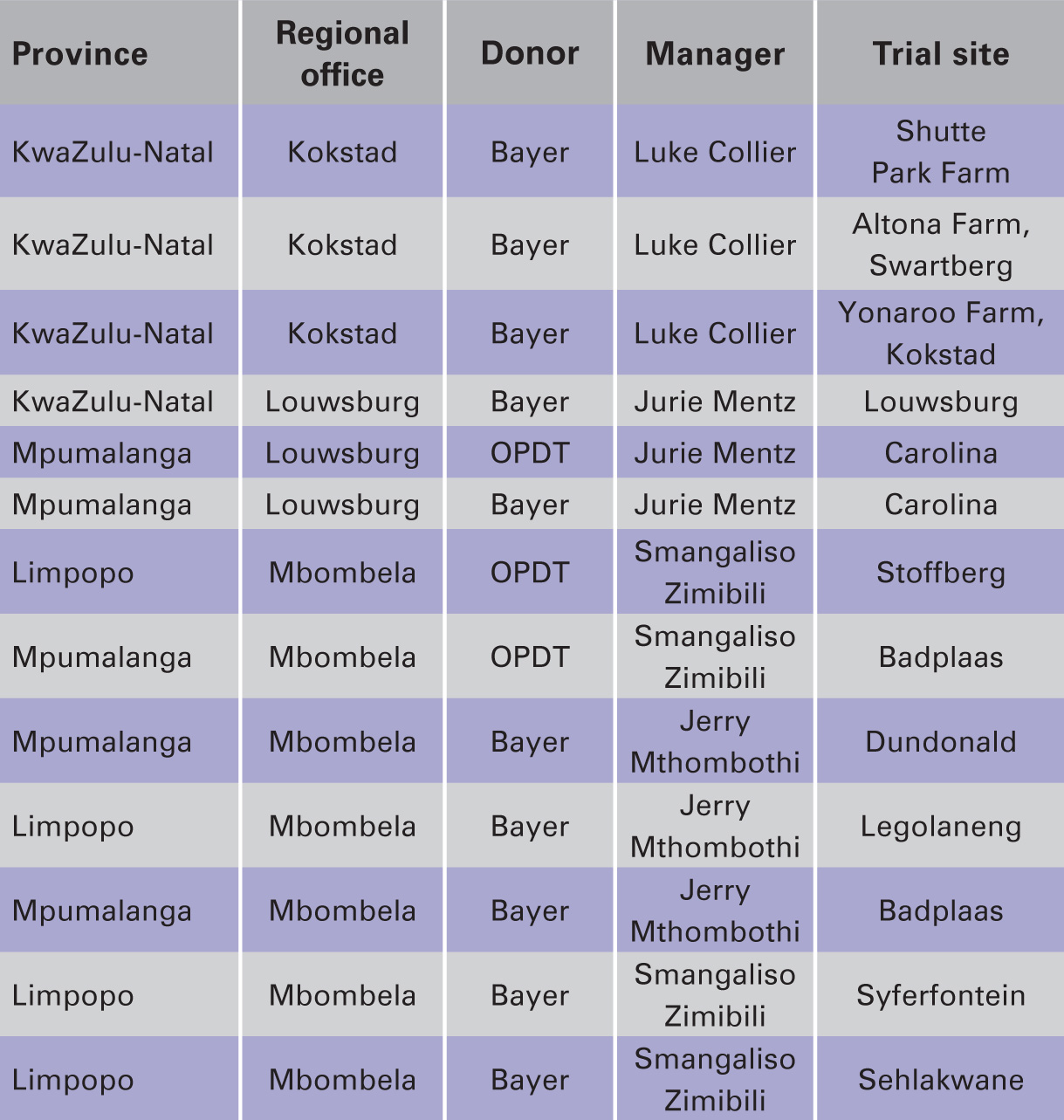
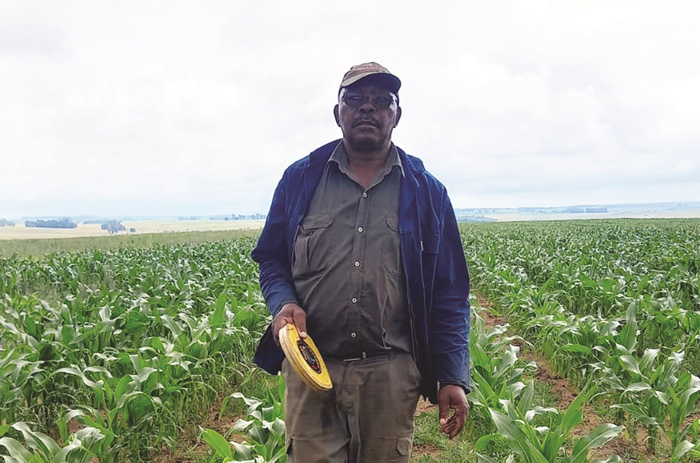
Farmer Gua Abram Makhunga from the Louwsburg area inspects his maize and soybean fields.
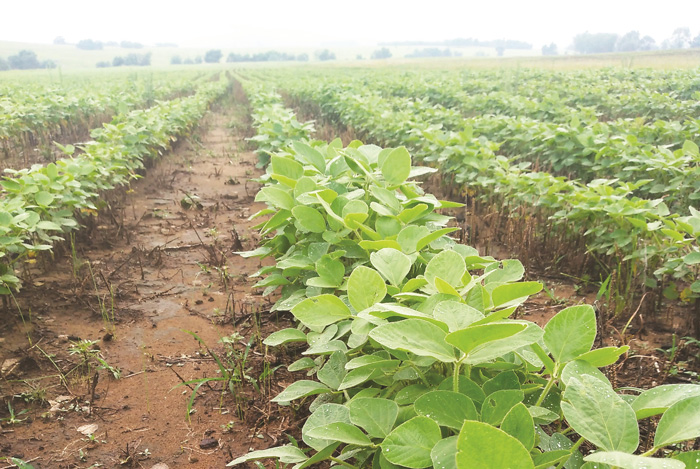
Mentor Timon Filter visited Sizwe Innocent Ngwenya, another Louwsburg farmer. His soybean crop is growing well. It is now time for foliar feeding.
January – or as it is often called, ‘Janu-worry’ – is truly a time for farmers to watch and worry about how the seeds are germinating, whether the plant population is ideal, if the rainfall is regular enough, if weed control has been adequate and whether there are pests bothering the plants – among other things.
Grain SA’s regional development managers and mentors were out in the fields – doing the watching, worrying and problem solving alongside the farmers. Their vast collective experience is helpful to developing farmers. The Grain SA team also has connections to a wide network of expertise to which farmers can be introduced.
During the month of January, Grain SA’s team made 119 farm visits to the fields of advanced farmer members. Their activities included GPS mapping of fields, finalising input orders and organising crop insurance. Countless field inspections were conducted to monitor crop emergence, weed control and topdressing.
The main aim of these visits is to timeously note any issues, alert farmers to problems and discuss potential mitigation measures. Where necessary, Grain SA likes to network with service providers in the different regions, who also help farmers to monitor their crop progress and offer expert advice, which is monitored to ensure there is no bias. One of Grain SA’s primary roles is to act as a watchdog on behalf of the farmers.
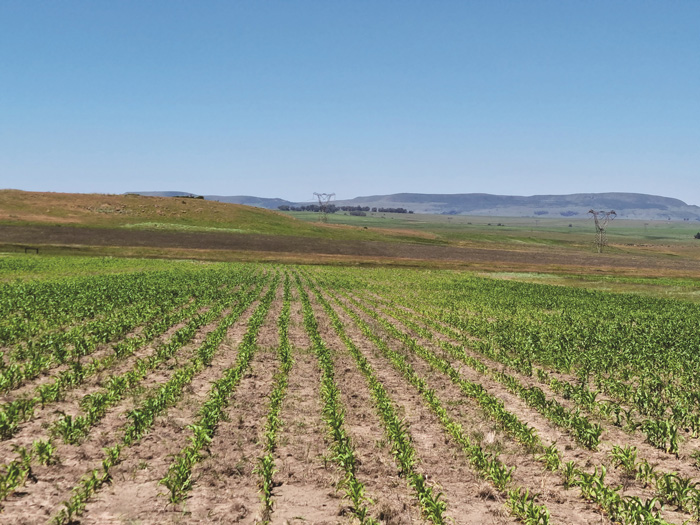
During a farm visit in the Amersfoort region, regional development manager, Jurie Mentz, advised a farmer that his maize was looking good but very yellow and in need of topdressing.
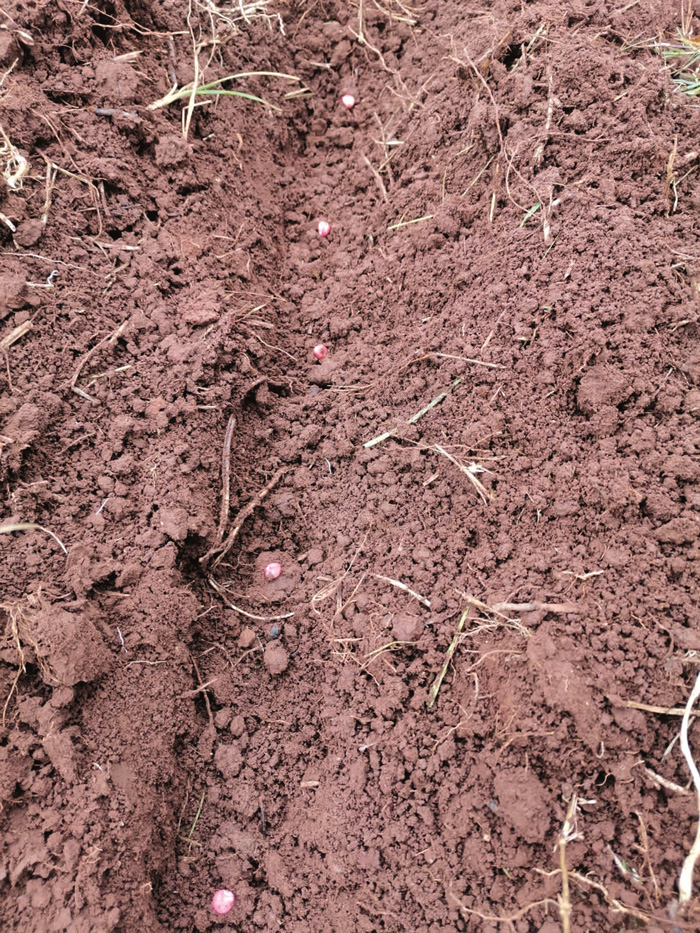
Farmer Godfrey Mbhele’s population needed to be set down a bit.
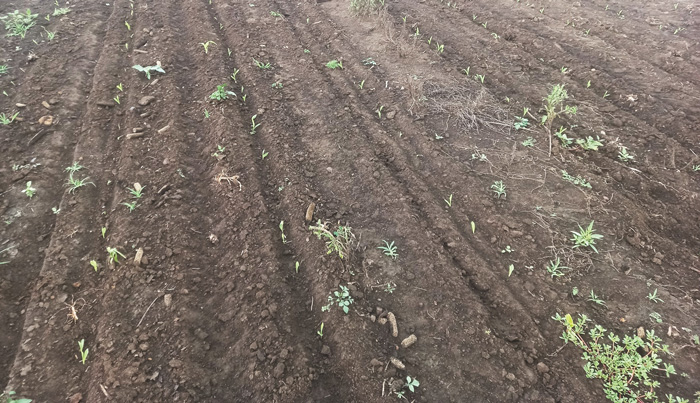
Mentor Chris de Jager visited Tracylee Green Thompson who farms in the Dundee region. Unfortunately the second planting burndown did not work well. She is busy respraying with Roundup and herbicide.
The team conducted 37 study group meetings. This is essentially a check-in with small-scale farmers to remind them of what to do, when to do it and how to do it. It includes some field inspections at the small field plots of study group members. Mentors will highlight problems and discuss remediation where practical, especially with regards to weed control and fertilisation.
The visits during January particularly highlighted the mid-season drought which many farmers in the Mpumalanga region experienced. Some farmers reported that no rain had fallen for four to five weeks. This was evident in the impact on the crops in the region.
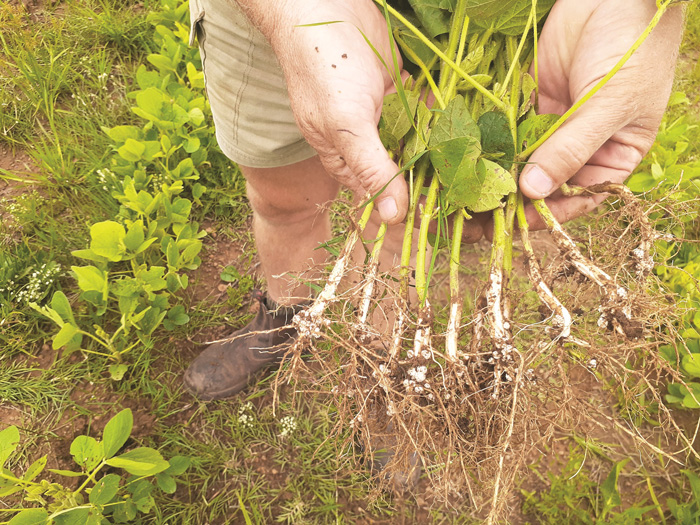
Jacques Roux, regional development manager, visited farmer David Thamae who received a lot of rain in January. His lands were very wet and although the soybean crops are looking good, he was advised to spray the crop as soon as possible.
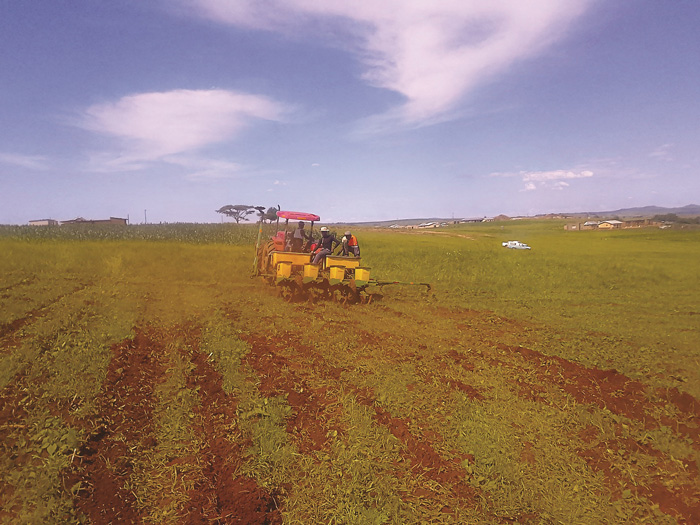
Mentor Paul Wiggill visited a farmer in the Dundee region to check on the soybean planting. The population was a little high, so it was set down. The planting is going well and urea will be applied as topdressing.
Publication: April 2023
Section: Pula/Imvula